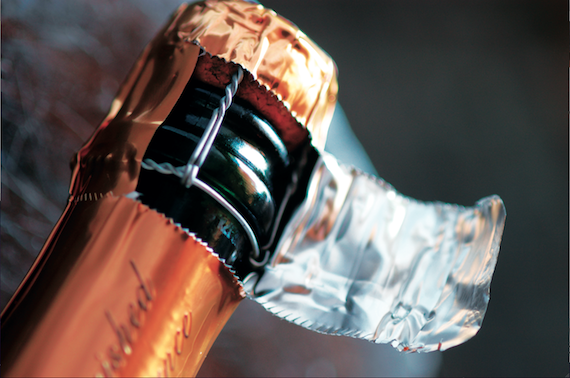For as long as anyone can remember, sparkling wines from outside the Champagne region have lived under a very big shadow. And the term “sparkling wine” itself used to be a pejorative one, immediately signifying a fizz belonging to the second-rate, champagne-imitator category. But things have changed over recent years, and champagne no longer has everything all its own way.
There’s been the rise of Prosecco, as a friendly and tasty sparkling wine in its own right, made inexpensively and sold for a decent margin. English sparkling wines, from a country where winegrowing was seen as a bit of a joke, have taken off and gained a lot of respect.
Cava may still have a few struggles with price points, but overall, the global market for non-champagne sparkling wines is predicted to reach 202 million 9-litre cases by 2016, up from 177 million in 2010, and it has been growing worldwide at a compound annual growth rate (CAGR) of 2.9% since 2005. Sparkling wines are the wine world’s quiet success story.
Here we examine how sparkling wines from New World countries are performing, and the picture is largely a positive one. The challenge facing New World fizz has mainly been one of viticulture.
Many of these wine regions are quite a bit warmer than the classic sparkling wine-producing areas and in order to hit correct alcohol levels picking has to take place early. You don’t want base wines of more than 11.5% alcohol, because of the extra 1–1.5% alcohol produced during the secondary fermentation, which would be difficult to complete otherwise.
This early picking, before the grapes are physiologically ripe, leads to excessive malic acid content, which tastes harder than tartaric acid, and compromises the quality of the wine. Increased realisation that vineyards have to be selected more carefully, and managed differently, has led to a significant rise in quality in New World sparkling wines.
One of the big success stories is in South Africa, with Méthode Cap Classique (MCC), a name developed by the Cap Classique Producers Association for top-quality bottle-fermented sparkling wine. The first South African bottle-fermented sparkling wine is thought to have been made by Simonsig in 1971, and the association was founded with 14 members; there are now 82.
“Currently as a category in South Africa, MCC is still growing healthily,” reports fizz king Pieter Ferreira of Graham Beck, “with just under double digits at around 8.5% to 9% in production estimation, with close to 150 wineries now producing a MCC.”
He points out that the seven biggest players produce 5.8 million of the total annual production of 7 million bottles of MCC. Overall sparkling wine production (including MCC) is around 16.5 million litres, of which 8 million litres are exported.
Ferreira estimates that MCC exports are 2.5 million bottles, with Sweden, the UK, Germany, the Netherlands and Belgium the most important export markets, and Indian Ocean Islands, Russia, the rest of Africa and Japan the emerging markets. “Although we [Graham Beck] are the only MCC on the radar in the USA, I have just returned from a five-week market trip there,” says Ferreira, “and we should sell more than 350,000 bottles there this year.”




